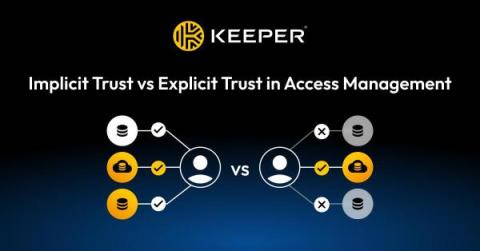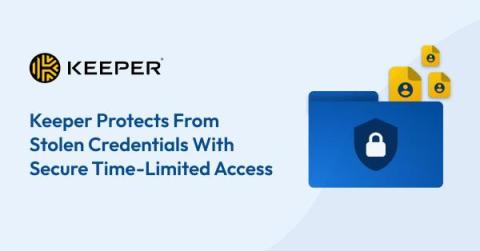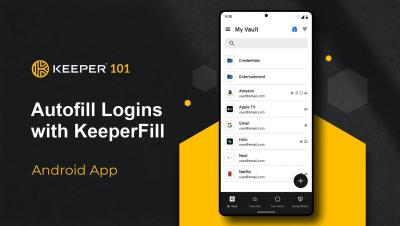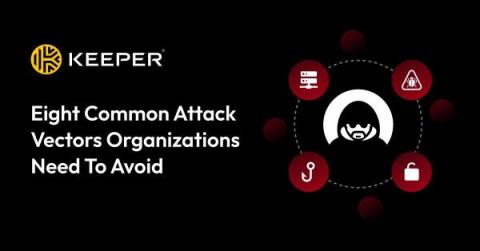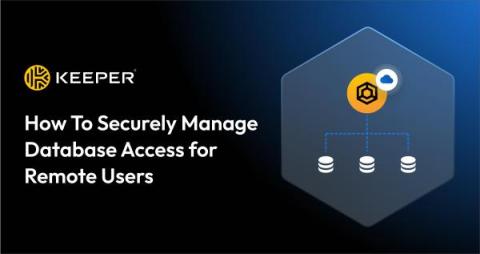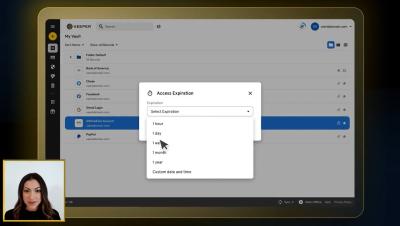Random but Memorable - Episode 12.5: Family Online Safety Sandwich with Stephen Balkham from FOSI
How can we make the online world safer for our kids and families? This episode, we learn how to strike a harmonious balance of online privacy and security with founder of the Family Online Safety Institute, Stephen Balkham. Tune in to hear his top tips for keeping our kids and families digital lives safe.



